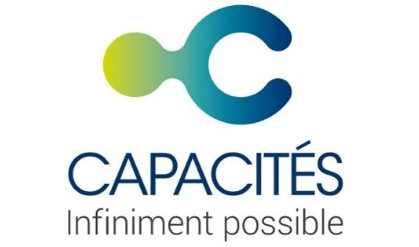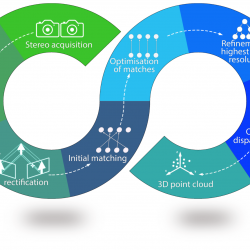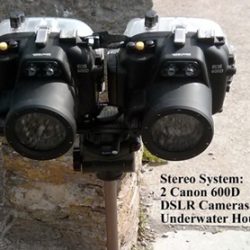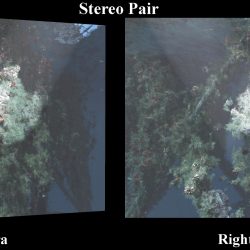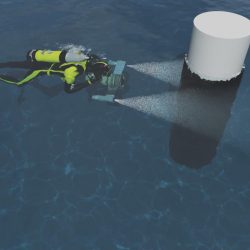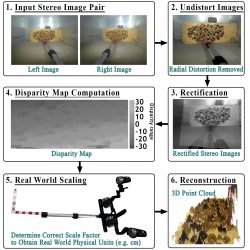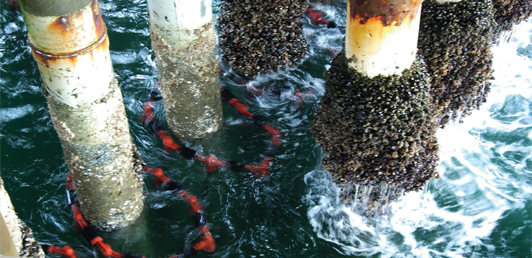
Key characteristics
- Robustness – the stereo matching software is highly resilient to illumination variations between input images and it can handle relatively murky (high turbidity) conditions with credibility.
- Scalability – the software uses a pyramidal scheme which enables it to operate on high-resolution images and search for corresponding points over a broad range in an efficient manner.
- Accuracy – The software utilizes color information and local texture information when identifying corresponding points. Combining color and texture information creates a richer descriptor of points, thus leading to more accurate matches. Accuracy is also aided by the choice of optimization scheme which is based on the well-renowned belief propagation algorithm applied on a Markov random field.
Functionalities and services
This stereo matching software plays an important role in the process of reconstructing 3D models. With this in mind, the functionality and services may be considered in the wider context of how 3D models can add value from an MRE standpoint. Having access to 3D models of structural components is naturally very useful for a host of upstream analysis activities. For instance, as part of our work, we have built 3D models of submerged structural components using our stereo-matching software, and we then fed these models into computational fluid dynamic simulations for further analysis.
A stereo system – this consist of two horizontally displaced digital cameras that simultaneously photograph a scene from slightly different perspectives. By taking photographs of a target from at least two different vantage points, 3D information of the scene becomes encoded in the imagery.
Example of MRE applications
Extracting quantitative 3D information from inspection imagery is particularly useful for engineers, especially in the case of subsea inspections as cameras are easily adapted for underwater usage.
One high-valued application of this software involves measuring the shape of structural members that have been colonized by marine growth. Marine growth significantly increases the diameter and roughness of structural members. This introduces several problems; most notably, it increases drag forces and creates unpredictable hydrodynamic instabilities. These factors often cause a loss in structural performance and reliability, leading to shortened lifespans for MRE structures. Owners/operators of these structures, therefore, have a keen interest in monitoring the progression of marine growth so that they can choose the best times to carry out costly cleaning regimes, and so that they have more reliable estimates of the loading on a structure.
This is useful when assessing a structure’s eligibility for requalification schemes, which ultimately, can prolong a structure’s in-service life. The diameter and roughness vary around and among structural components, and require full 3D shape of the marine growth to be computed.


